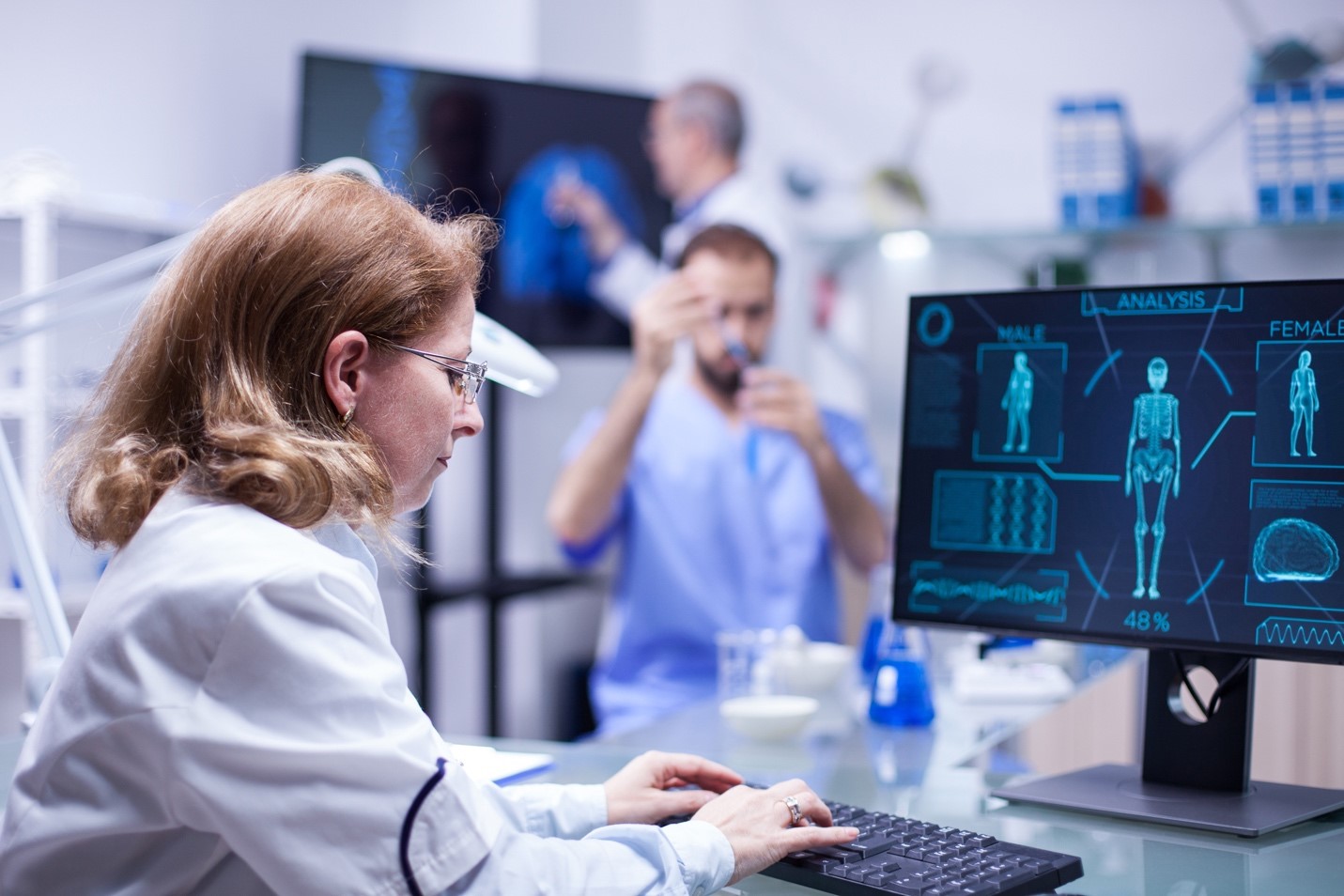Unlocking Insights and Transforming Healthcare with Data Analytics

With data being king, the healthcare business is using data in ways that have never been done before. The area of healthcare data analytics, which is growing quickly, is at the front of this revolution. Data analytics is becoming a game-changer as we try to figure out how to practice modern medicine. It gives us insights that help us provide better care to patients, lower costs, and make healthcare systems work better.
It's no secret that data analytics has changed almost every business, and healthcare is no different. In 2022, the healthcare analytics business in the US alone was worth an amazing $31 billion. This growth is due to the realization that data can help healthcare workers make better decisions, improve patient outcomes, and make operations run more smoothly.
Healthcare data analysts are at the center of this data-driven change. These people are the ones who bring about change; they know how to get useful information from huge amounts of healthcare data. It doesn't matter if you are a new college graduate or switching careers from another field. Healthcare analytics has a lot of job openings, good pay, and a wide range of roles.

So, just what do people who work as healthcare data analysts do? Using data from different sources, their main goal is to improve the results of healthcare. People usually think of them in terms of the business side of medicine, but they also have an impact on patient care, streamlining processes, and shaping the future of healthcare.
A healthcare business analyst, a healthcare information management analyst, or a healthcare expert are some of the names for roles in healthcare data analytics. No matter what they are called, their goal is always the same: to find trends in data that can improve clinical care, lower costs, and make healthcare institutions more efficient overall.
Healthcare Data Analysts use many types of data, and each type of data has its own goal in the quest for better healthcare:
Clinical Data: The most important part of healthcare analytics is analyzing clinical data. This is the process of using medical data, usually electronic health records (EHRs), to get better medical results, lower risks, and even teach AI systems how to do things like diagnose cancer.
Claims and Costs Data: A lot of healthcare researchers work for insurance companies or other similar businesses. Claims data includes details about what a patient said and what medical care they received afterward. This information is very helpful for finding places to spend, figuring out premiums, and making the best use of resources.
Pharmaceutical Data: Drug firms hire healthcare data analysts to help with research and development, make products better, and make processes run more smoothly. Collaboration deals between big drug companies that let them share old research data are speeding up the process of finding new drugs.
Behavioral and Opinion Data: A new and important part of healthcare analytics is analyzing patient behavior and opinion. Healthcare professionals can encourage good behavior, deal with problems quickly, and sell medical products effectively by keeping track of patient feedback, personal preferences, and shopping habits.
To get into the field of healthcare data analytics, you usually need to know a lot about data analytics. This is usually done by working in a more general data analytics job. Most of the time, bachelor's degrees in relevant areas, like health information management, are preferred.

As a first step, healthcare data analysts should know how to work with a lot of different types of data, use SQL and analytics tools like Tableau, and have a good background in programming languages like Python, R, or Ruby. It's also important to have good communication, time management, and speaking skills.
As healthcare analytics professionals move up in their jobs, they need to specialize. Working with healthcare claims, electronic health records, clinical classification systems, and following data standards and laws that are specific to an area are some examples of specialized skills.
The healthcare industry is entering a new age of precision, efficiency, and care that is focused on the patient thanks to healthcare data analytics. Healthcare data analysts will be very important in shaping the future of medicine as the need for data-driven ideas grows. These people are using data to change lives and healthcare systems because they have the right skills and a strong desire to make healthcare better. Healthcare is full of data, which means that there are a lot of options. The future looks good.
References:
Healthcare Finance News. Healthcare analytics market to hit $31 billion by 2022. https://www.healthcarefinancenews.com/news/healthcare-analytics-market-hit-31-billion-2022
Hillier, W. (2023, July 20). What Is a Healthcare Data Analyst and How Can You Become One? CareerFoundry. https://careerfoundry.com/en/blog/data-analytics/what-is-a-healthcare-data-analyst/
Share this article
More Articles
Discover more insights on health care and medical tourism.

What Is Hand Tremor? Understanding the Causes and the Right Ways to Treat It
Hand tremors are a common issue that many people experience in daily life—whether holding a cup of coffee, writing, or using a mobile phone. Noticing your hands shaking can be worrying, but in reality, tremors vary widely in severity and can arise from many different causes, ranging from minor, temporary issues to medical conditions that require proper treatment. This article will help you understand what hand tremors are, the underlying causes, and the correct treatment approaches, so you can take care of your health confidently and effectively.

Assisted Reproductive Technology (IVF / ICSI)
Starting a family is one of life’s most meaningful milestones, yet some couples may require additional support through modern reproductive technologies such as IVF or ICSI. These methods significantly enhance the chances of achieving a safe and successful pregnancy. This guide provides a clear overview of everything you need to know before beginning treatment—from required documents and pre-treatment preparation for both men and women, to each step of the IVF/ICSI process and the timeline involved. With this information, couples can approach their fertility journey with confidence, clarity, and proper medical guidance.

45+ Ageism AI Human Value
Recently, many have heard news about companies refusing to hire people aged 45 and above. This reflects the reality of Ageism age-based discrimination in labor markets both in Thailand and abroad.